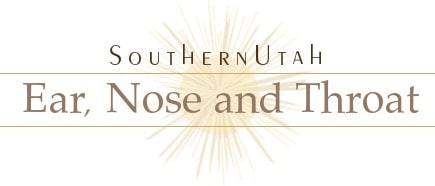Ear balloon dilatation is a novel, safe treatment for a troubling ear issue called eustachian tube dysfunction (ETD)—an affliction that can lead to chronic ear pressure and pain or discomfort with barometric changes.[1]
Typically, when we yawn, chew, sneeze or swallow, your eustachian tubes—small passageways that run between your middle ear and upper throat—open to keep pressure and fluid from building up. If you experience a blocked eustachian tube, your ears may feel full or painful, and your hearing may seem muffled.
Below are some of the most common symptoms of ETD:
- Full or plugged feeling in your ears
- Muffled sounds
- A popping or clicking sensation
- Pain in one or both ears
- Ringing in your ears (called tinnitus)
- Trouble keeping your balance
Your symptoms may get worse when you are flying (because of altitude changes). Riding in elevators, driving through mountains or diving may also make your symptoms worse.
ETD is considered persistent when symptoms have continued more than 12-weeks despite medical management.
Fortunately, we have a safe and effective solution to treat ETD with balloon eustachian tube dilation. Balloon eustachian tube dilation is an FDA-approved, minimally invasive procedure, performed in the office or the operating room on patients at least 18 years of age to provide relief by opening the eustachian tube. Most patients are typically able to resume normal activities within 24 hours.
These are the benefits of balloon eustachian tube dilation:
- If performed in office, local anesthesia is used, eliminating the need for fasting before your procedure and the use of potentially nauseating general anesthesia.
- The procedure usually takes less than one hour and most patients are able to resume normal activities in about 24 hours.
- Out-of-pocket costs may be lower for the procedures performed in-office: there is no anesthesia fee or operating room fee.
Think you may be experiencing symptoms of ETD? Discover more about ear balloon dilation today.
